Ravens general manager Eric DeCosta doesn’t believe in windows closing. He thought they had a Super Bowl-contending team in 2023 and again in 2024. And they’ll be back in 2025 with their two-time MVP quarterback.
But, as long as they have Lamar Jackson, they’ll also have to contend with his expensive contract, which gave him the highest average annual value ($52 million per year) at the time it was signed, with $185 million of the deal guaranteed.
In the 21 months since, more deals have been signed that make Jackson’s five-year, $260 million contract seem less outlandish. He now has the fifth-biggest contract, and it doesn’t rank in the top five for average annual value.
But that does not tell the full story of Jackson’s salary-cap hit, which the Ravens distributed to weigh more heavily in the later years of his contract. As they prepare for the 2025 season, they’re facing a big jump in their accounting for Jackson’s services.
The Baltimore Banner thanks its sponsors. Become one.
And Jackson’s not the only player whose contract is set to go up.
In 2024, the Ravens’ top five contracts took up 42.87% of the team’s salary cap, and the top 10 contracts took up 55.15%. Next season, the players with the five biggest contracts will take up 45.87%, and the top 10 will take up 64.13%.
That means less than one-fifth of the roster accounts for almost two-thirds of the salary cap. (Note: The league hasn’t announced 2025’s salary-cap number, so these figures are based on projections from Spotrac and Russell Street Report).
Heading into the new league year, the Ravens are projected to have $8,918,872 in cap space, according to Spotrac.
Before we take a look at the top 10 contracts on the team, here are important terms to know (you can also check out this explainer):
The Baltimore Banner thanks its sponsors. Become one.
- Paragraph 5 salary: This is the amount a player receives in his week-to-week paycheck. All of it counts against the cap for the current year.
- Dead money: This is money that has already been paid to the player in bonuses. Teams can spread out the cap hit across multiple years in terms of their accounting or prorate it. For example, a $2 million signing bonus on a two-year deal could cost $1 million on each year’s cap. But, at some point, it must be accounted for.
- Cap hit: A player’s cap hit includes his salary plus however much dead money a team chooses to account for that year.
- Post-June 1 release: When teams cut players, their dead money accelerates onto the current year’s cap. However, they can designate up to two players as post-June 1 releases at any point after the league year starts. That means the player’s remaining guaranteed money counts against the cap until June 1, but after that the team can spread out his dead money over two seasons instead of one.
QB Lamar Jackson
Jackson’s cap hit jumps from $32.4 million to $43.65 million heading into next season. But it pales in comparison to the jump after this season (a $31 million increase).
The jump is due mostly to an increase in his salary because his signing bonus has been distributed evenly over the five years of his contract. His option bonus (similar to a signing bonus, but it kicks in later in the contract) also jumps from $3.5 million to $8 million from 2024 to 2025 and remains at $8 million over the rest of his contract.
The Ravens have gotten their money’s worth. Jackson improved in virtually every area of his game from 2023 to 2024. If anyone is going to take up over 15% of the cap, it makes sense that it’s Jackson, because he’s the most important factor to the Ravens’ success.
The Ravens can also reduce Jackson’s cap hit over the next few years by signing him to an extension and pushing some of the dead money’s impact to future years.
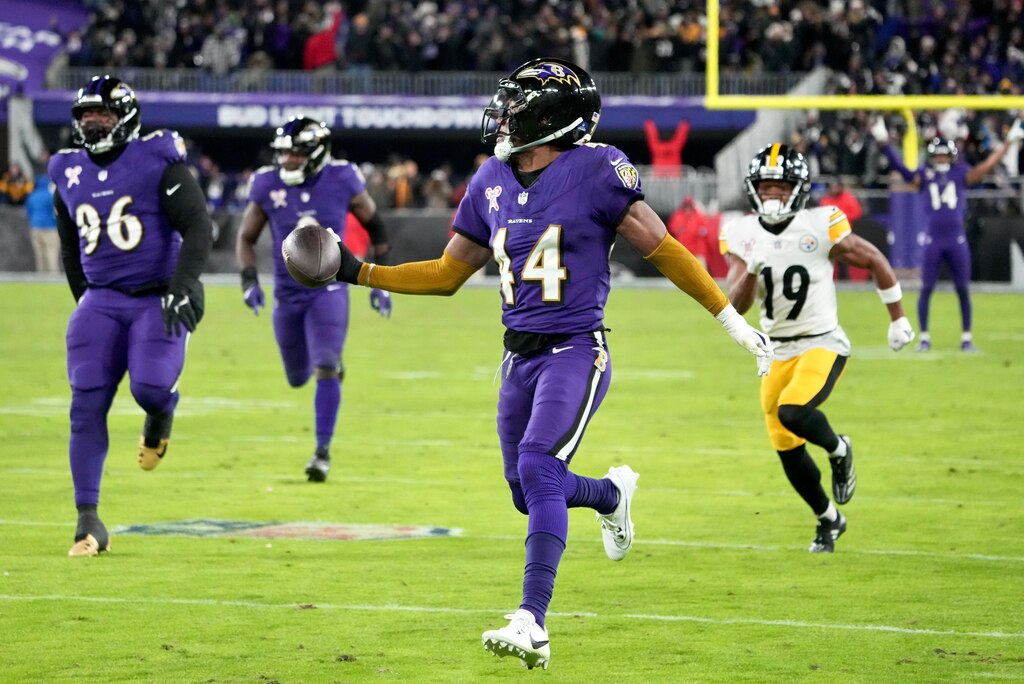
CB Marlon Humphrey
Humphrey’s $25,377,800 cap hit, up $2.5 million from 2024, is the second highest on the team again and takes up 8.96% of the team’s cap space. An increase in salary from $11.75 million to $14 million accounts for much of the difference.
The Baltimore Banner thanks its sponsors. Become one.
After he was hampered by injuries in 2023, Humphrey was a potential candidate for a post-June 1 release. The Ravens would have saved about $5 million in 2024 and about $8 million in 2025 in that scenario.
However, Humphrey bounced back and established himself as the best cornerback on the team. His ability to be a shutdown corner and a utility-knife nickel helped the Ravens as they searched for stability in the secondary. At 29 Humphrey is getting up there in NFL years, but he provides experience to an otherwise young secondary that is likely set to lose cornerback Brandon Stephens to free agency.
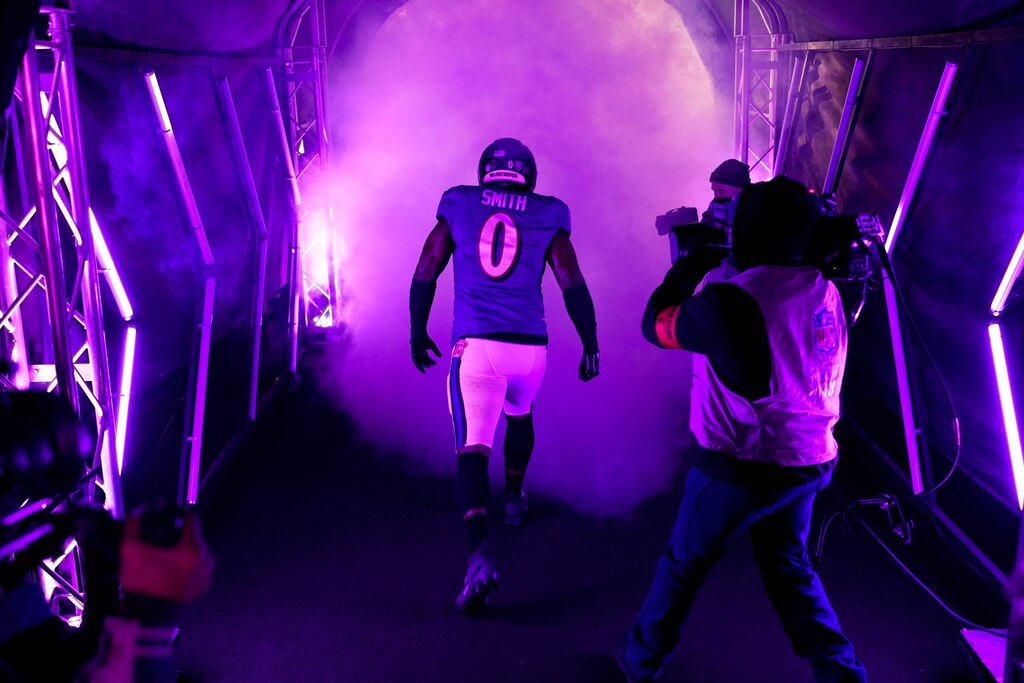
ILB Roquan Smith
The Ravens made Smith the highest-paid inside linebacker when he signed his deal. But his five-year, $100 million contract hasn’t weighed down the salary cap yet, with Smith coming in as the sixth-highest cap hit in 2024.
That will change in 2025. Smith’s cap hit will more than double, from $9,843,750 to $23,718,750. He will take up 8.63% of 2025’s projected cap. It’s set to increase again in 2026 before holding steady through 2027, the end of his deal. The Ravens still have $41,156,250 in dead money to account for.
Smith was named a Pro Bowler and an All-Pro for the second season in a row. He was an important part of the Ravens’ league-leading run defense. But he struggled in coverage this season, earning an overall Pro Football Focus grade of 65.2 compared to 77.9 last season. But he also played this season without a steady partner by his side following the departure of Pro Bowler Patrick Queen.
The Baltimore Banner thanks its sponsors. Become one.
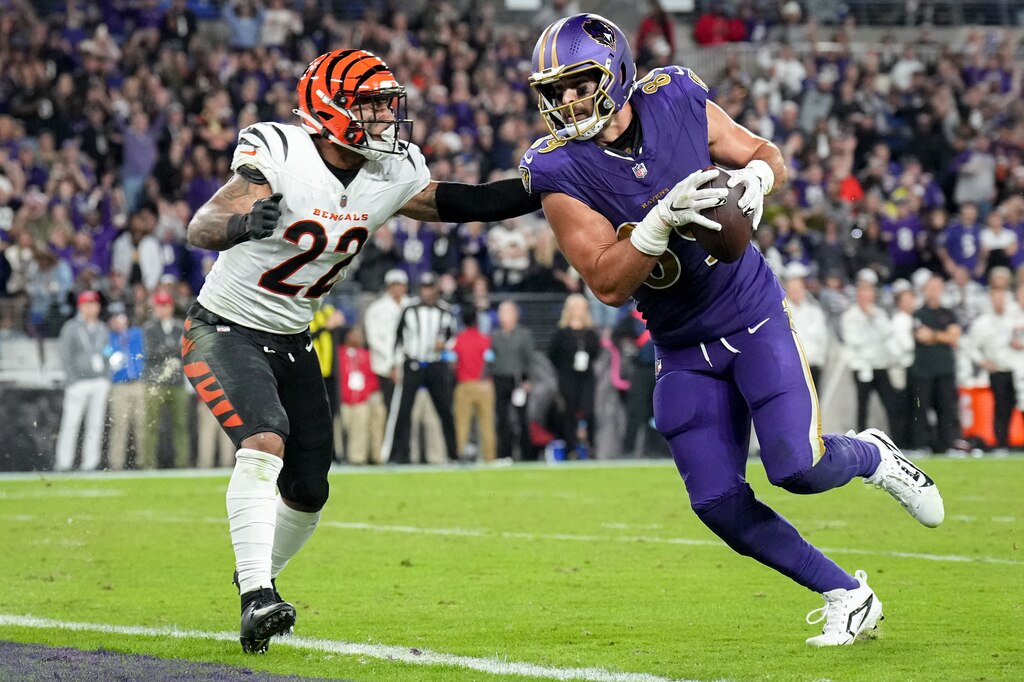
TE Mark Andrews
Andrews has the same salary as last season, but it is now the fourth-highest cap hit instead of the fifth. His cap number is $16,907,611.
Of the players with the top five contracts, Andrews is closest to free agency. His contract ends after the 2025 season. He has just $5,907,611 left in dead cap, which means the Ravens would save over $11 million if they release him, more if they release him after June 1.
Andrews led the team in receiving touchdowns and set the franchise record for touchdowns, so he doesn’t seem to be a likely candidate for release. However, the Ravens have two much younger tight ends who have proven valuable in Isaiah Likely and Charlie Kolar, and they’re also coming up on contract years.
“We’ll have some decisions to make moving forward,” DeCosta said in his season-ending press conference.
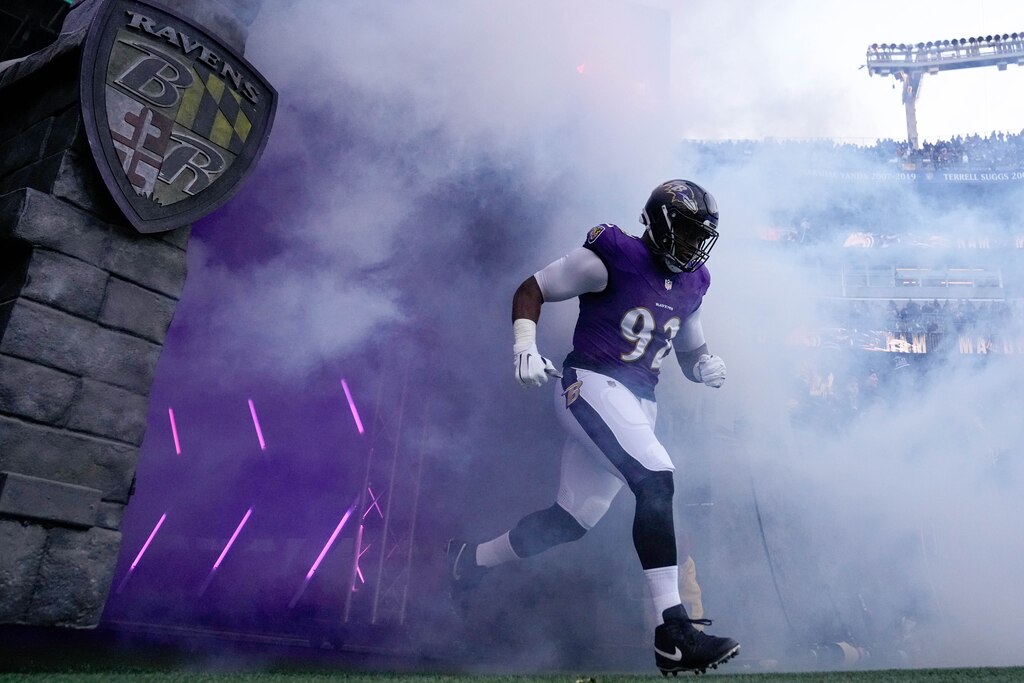
DL Nnamdi Madubuike
When the Ravens placed the franchise tag on Madubuike last year, they guaranteed he would remain a Raven for one more season. They also guaranteed they would pay him at least $22,102,000. But Madubuike’s cap hit wasn’t $22 million last season — it was $7 million. That’s because he signed a four-year contract extension.
The Baltimore Banner thanks its sponsors. Become one.
At its highest, Madubuike’s cap hit will be over $31 million, but that is three seasons down the road. In 2025, Madubuike’s hit will increase by $9.375 million, placing his cap hit at $16.475 million.
Madubuike earned his salary with his 13-sack season in 2023. He did not have nearly the same production in 2024, but he was also double-teamed more and improved in other areas. He was top five in the league for hurries and pressures, according to PFF.
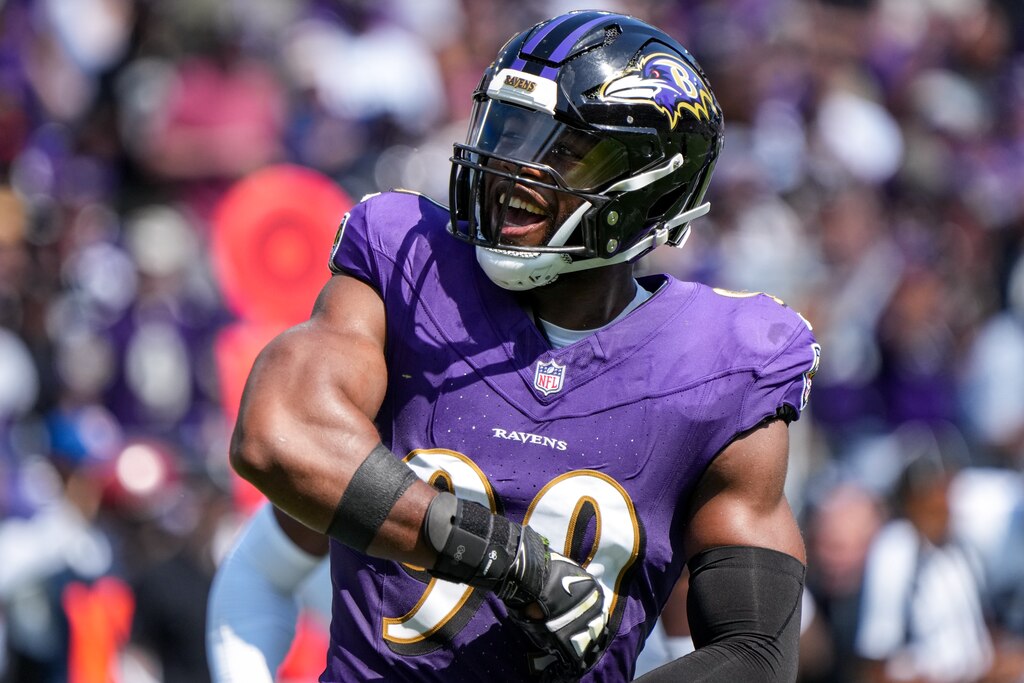
OLB Odafe Oweh
The Ravens took a chance on the 2021 first-round pick last April when they exercised his fifth-year option, which extends a rookie contract one year with a guaranteed salary based on position. Oweh responded with a career-best 10 sacks. His salary is also increasing almost $10 million.
After taking up just 1.41% of the team’s cap, Oweh will take up 4.82% with a hit of $13.251 million.
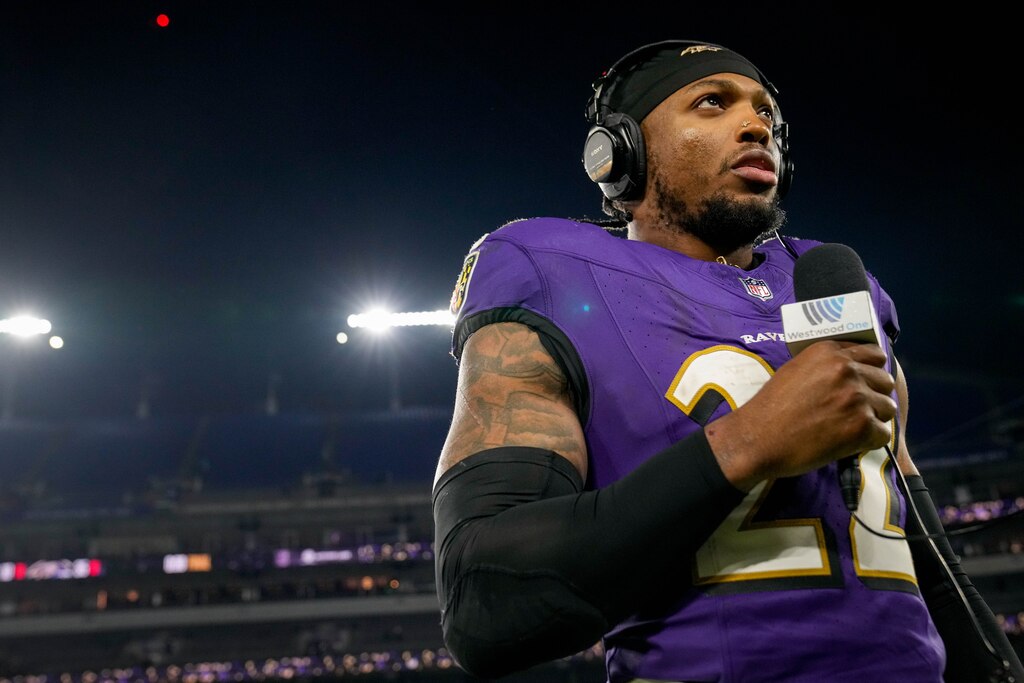
RB Derrick Henry
The second-leading rusher in the league had a cap hit of just $5.105 million. Henry accounted for 26.5% of the team’s total yardage in 2024 and just 2% of the cap.
The Baltimore Banner thanks its sponsors. Become one.
But the superstar running back’s cap hit is set to jump to $12.895 million. That’s 4.69% of the cap, still relatively low compared to his contributions to the offense this year.
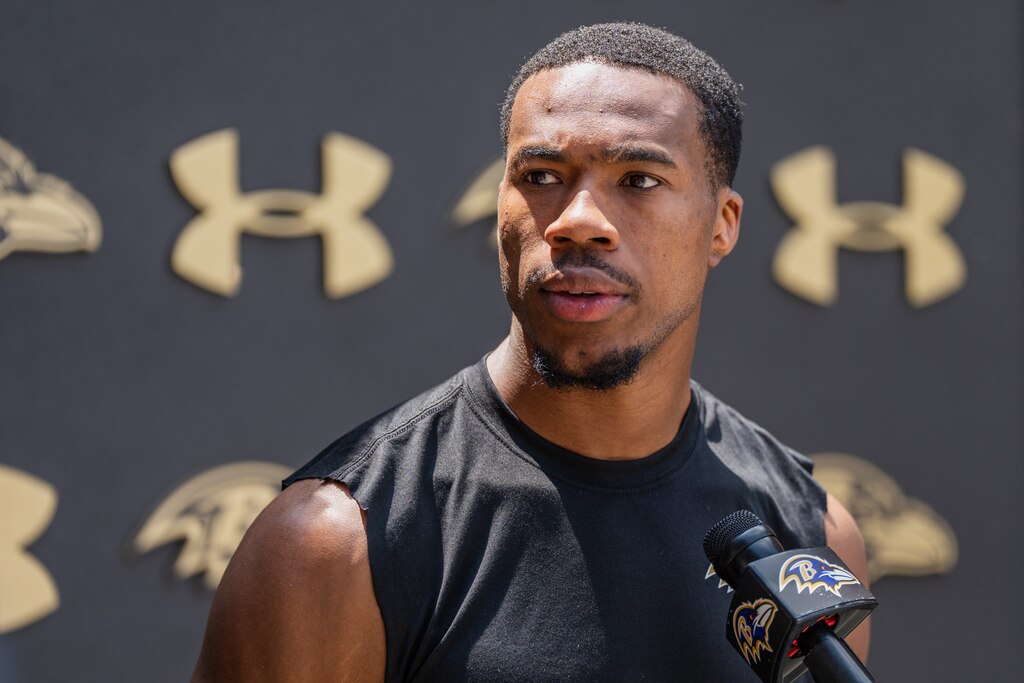
S Marcus Williams
The Ravens also made Williams the highest-paid player at his position at the time of his contract, and he became a starting safety. But he couldn’t stay healthy in 2022 and 2023 and was benched partway through 2024 due to ineffective play — while carrying the team’s third-highest cap hit at $18,027,918.
His cap hit for 2025 was supposed to remain there, but Williams and the Ravens agreed to a restructured deal in January. It dropped Williams’ base salary from $12 million to $2.1 million, with the rest of the money spread out in bonuses that are prorated over void years. That gives the Ravens cap relief until they can release him after June 1, which they are likely to do considering he didn’t play a snap over the final stretch of the season and the Ravens have stated their intentions to bring restricted free agent Ar’Darius Washington back.
When they cut him, the Ravens will get the $2.1 million back, but he will still account for $6.723 million on the cap.
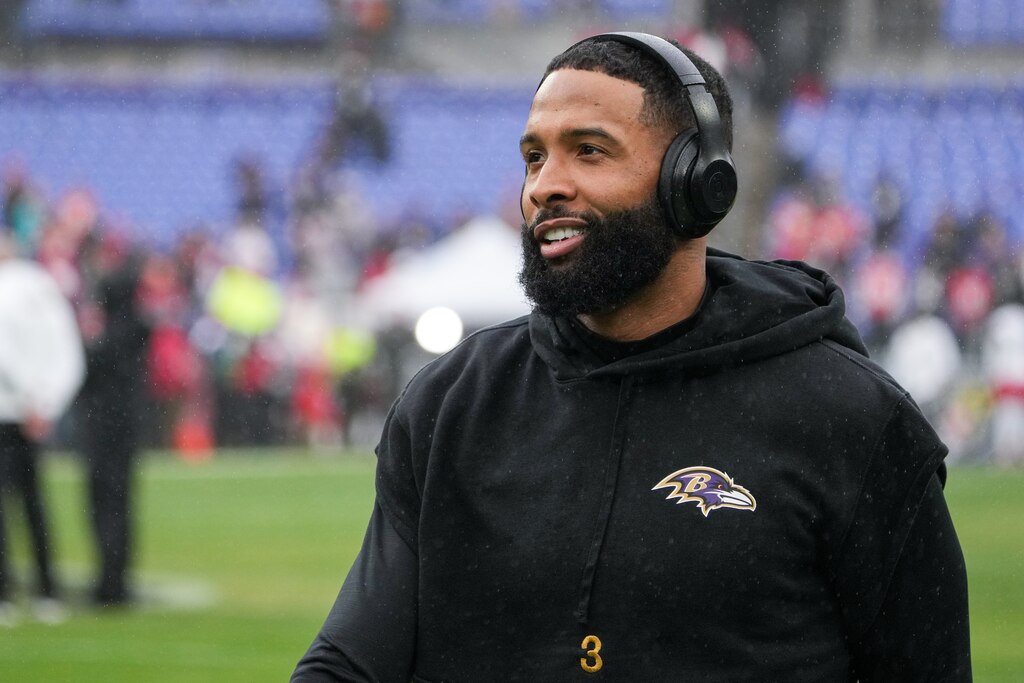
WR Odell Beckham Jr.
The star wide receiver is not on the 2025 roster, nor was he on the 2024 roster. But his 2023 contract included a void year, and, in a team-friendly deal, he restructured it to include two void years to spread out the dead money. That gave the Ravens relief in 2024 when he accounted for $2.767 million. But they can’t spread it past 2025 and will have to pay Beckham the remaining $8.301 million.
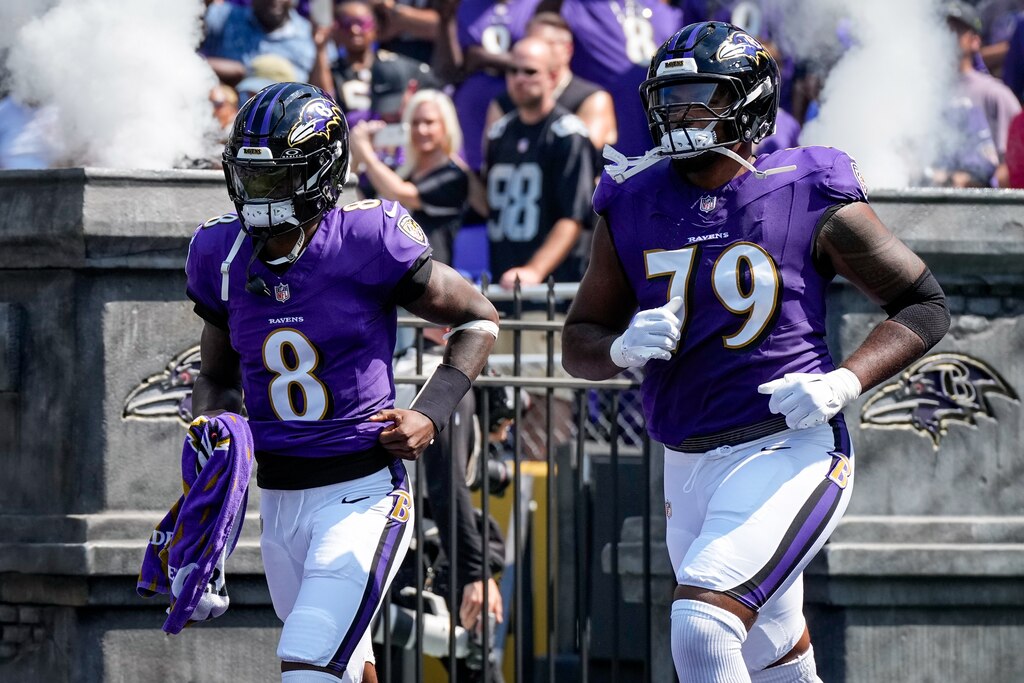
LT Ronnie Stanley
Yet another restructured contract means the Ravens might be paying another player who is not on their team. The starting left tackle, who had been beset by injuries for multiple seasons, agreed to a restructuring after the 2023 season. It turned the final year of his deal into a void year in which the Ravens aren’t committed to paying him a salary but must account for $8,168,250 in dead money.
The Ravens can change that if they sign him to a contract extension, but DeCosta and coach John Harbaugh were noncommittal in their season-ending press conference. They’ve already said they want to build the offensive line through the draft, and they stated they believe rookie right tackle Roger Rosengarten can one day switch to the left side.
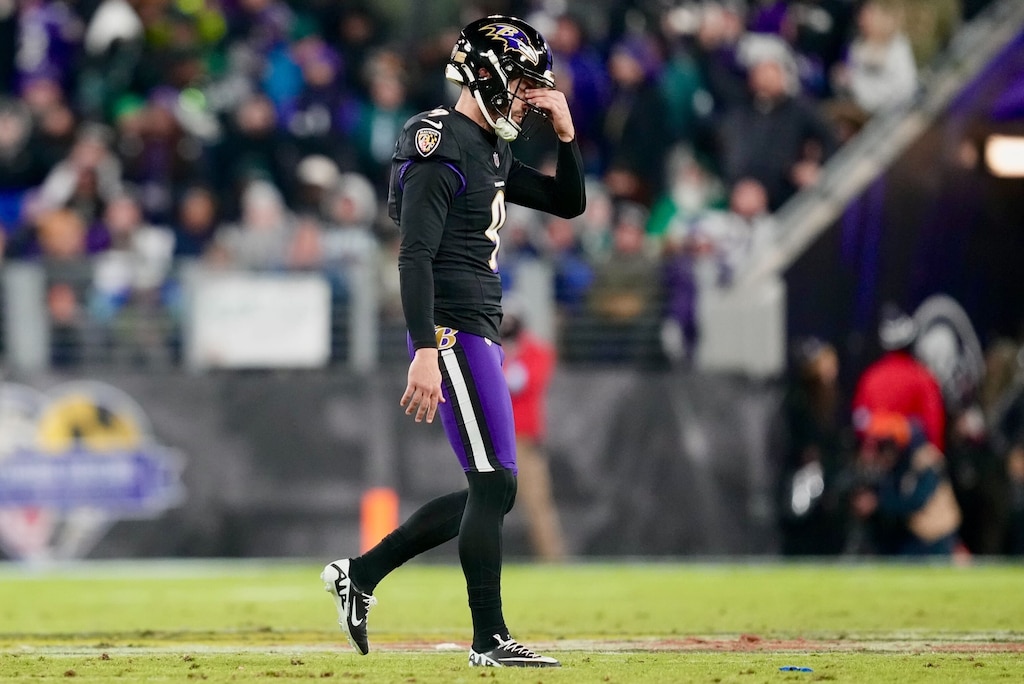
K Justin Tucker
The Ravens made Tucker the highest-paid player at his position as well, when they signed him to an extension in 2022. His cap hit increases from $4,082,500 to $7,072,500 going into the 2025 season. He has three more seasons and $7,517,700 in dead money left on his deal.
Should the Ravens cut Tucker after allegations of inappropriate sexual behavior emerged, as well as a career-worst season, they would incur an extra $445,000 this season due to his dead money accelerating onto the 2025 salary cap. If they release him after June 1, they would save $4.2 million.
If the Ravens keep Tucker but he is suspended without pay, his cap hit would be reduced by the number of paychecks he misses due to his suspension. So, if he is suspended for six games, his cap hit would be reduced by about $1.48 million.





Comments
Welcome to The Banner's subscriber-only commenting community. Please review our community guidelines.